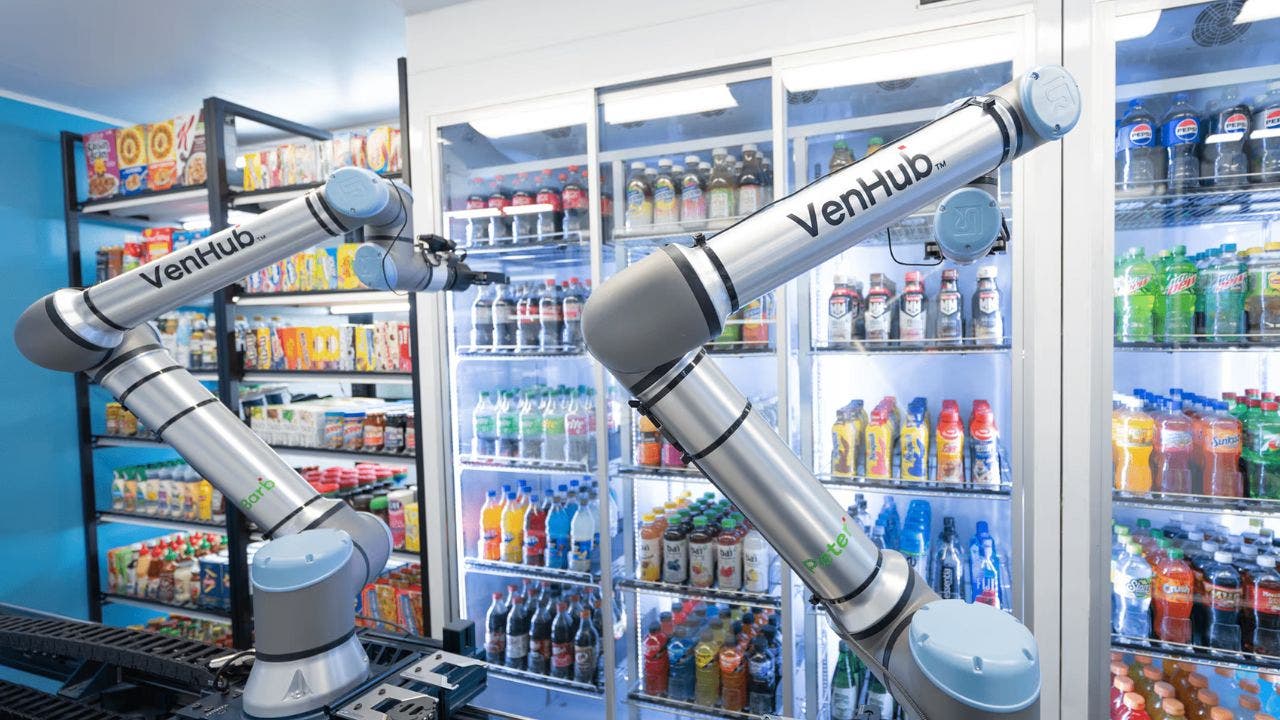Shanghai historic building moved by 432 robots to make way for development

Shanghai is known for its impressive engineering feats, and the latest project involving the relocation of a historic building using robots is no exception. The Huayang complex in Shanghai, consisting of three brick-and-wood buildings dating back to the 1920s and 1930s, is being moved to make way for a new underground development. This ambitious project is made possible by 432 small robots that are carefully moving the massive structure about 33 feet each day.
The Huayang complex is a prime example of shikumen architecture, a unique blend of Western and Chinese design. Situated in the historic Zhangyuan area of Shanghai, this complex holds significant cultural and historical value. The decision to relocate the complex is not just for the sake of development, but to create a new underground center that will include cultural and commercial spaces, a parking garage, and a transportation hub connecting three major subway lines.
The challenges of moving such a large and historically significant building are numerous. The narrow alleys and closely packed buildings in the Zhangyuan area make traditional relocation methods impractical. The risk of damaging irreplaceable architecture, such as the 1928 “great hall,” adds another layer of complexity to the project.
To overcome these challenges, engineers have employed cutting-edge technology and innovative solutions. The 432 small walking robots used in the project lift the building with precision and move it gradually to its new location. Low-clearance drilling robots create new foundations beneath the structure, while earth-moving robots equipped with artificial intelligence navigate obstacles and plan movement routes.
The use of building information modeling and point cloud scanning allows for detailed 3D blueprints to be created, ensuring accurate planning and execution of the relocation process. Once the underground construction is complete, the Huayang complex will be returned to its original spot, fully restored and preserved atop the modern underground facility.
The project in Zhangyuan serves as a model for how cities can balance preservation of their heritage with the need for modern development. By integrating historic buildings with state-of-the-art amenities, Shanghai is creating a vibrant and accessible urban space that honors its past while embracing the future.
The Huayang project highlights the potential for technology to play a crucial role in urban development and preservation. As cities continue to evolve, finding ways to blend the old with the new will be key in maintaining the soul and character of our urban landscapes. Who would have thought that robots could become the unsung heroes of heritage preservation?
As we look to the future of our cities, it raises important questions about how far we should go in reshaping our urban environments and what aspects of our past are truly worth preserving. The Huayang project in Shanghai offers a compelling example of how innovation and preservation can go hand in hand to create a cityscape that respects its history while embracing progress.




